This study evaluates the role and drivers of juvenile size-selective mortality in relation to the overall marine survival of Endangered Species Act-listed Puget Sound Chinook. Researchers are a) identifying the critical periods of growth and associated habitats and b) determining whether temperature, food supply, energetic quality of food, or competition are the primary factors limiting growth. Fish were collected in March through October, 2014-2015, from four watersheds (Nisqually, Snohomish, Skagit, Nooksack) in the lower river, estuary, nearshore, and offshore via a massive collaborative effort. Scale analyses and bioenergetics models are being used to evaluate growth and factors limiting growth.
Preliminary results for seven hatchery and two natural-origin Puget Sound stocks suggested that size-selective mortality did not occur prior to early August in sub-yearling Chinook outmigrants. This study did not examine later life stages; size selective mortality may have occurred later in the summer or outside Puget Sound. Taken in context with previous research indicating a positive relationship between July weight and survival to adulthood, these results suggest that early marine growth is important regardless of the habitat in which it is achieved.
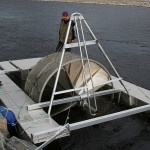
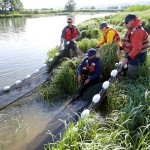
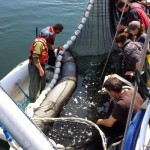
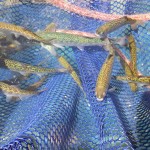
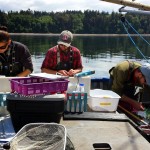


Recent Comments